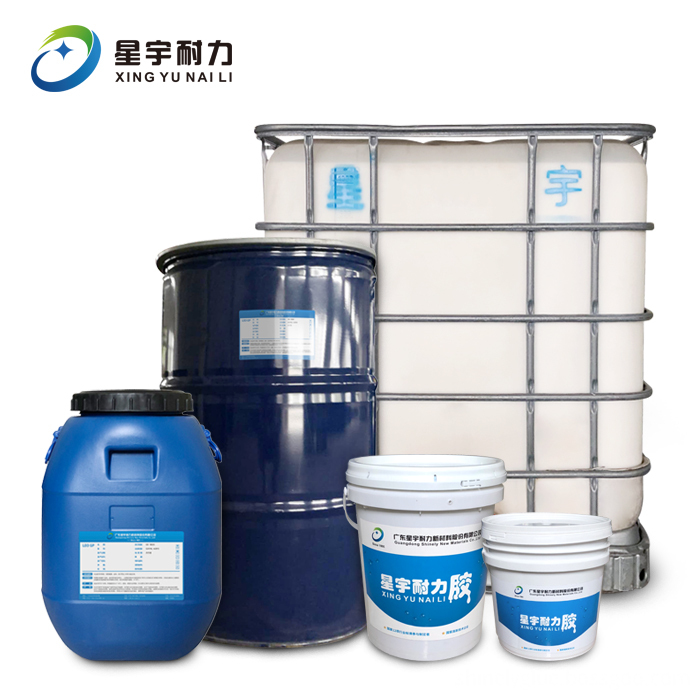In March 2010, a foreign company in Shanghai submitted an application for a foreign direct investment project to the Shanghai Branch of the State Administration of Foreign Affairs. .
Two months later, the time for the foreign company ’s overseas investment agreement to inject funds has arrived, and the approval has not yet been obtained, so it has to complete the investment in US dollars.
This kind of situation will not happen again.
On January 13, the Central Bank issued the 2011 Document No. 1 "Administrative Measures for the Pilot Settlement of RMB Direct Settlement of Overseas Direct Investment" (hereinafter referred to as the "Measures"). .
"In the future, foreign direct investment can be used without individual case approval." On the same day, the aforementioned relevant person in charge of the foreign company and the person in the loan bank lamented.
The "Measures" is the first document specifically for capital and financial projects after the introduction of cross-border RMB business.
Lu Zheng, senior economist at Industrial Bank, believes. The "Measures" are consistent with the intention of the QFLP pilot policy launched by Shanghai a few days ago, both of which are to gradually relax the inflow or outflow of capital projects. In terms of content, the policies are prudent and controllable.
Prudent and convenient
Overseas direct investment refers to the behavior of a domestic institution approved by the overseas direct investment authority to use RMB funds to establish or acquire all or part of the ownership, control or management rights of an enterprise or project overseas through establishment, mergers and acquisitions, etc. .
According to the "Measures", domestic institutions should first go to the local foreign exchange bureau to go through the procedures for repatriation of upfront fees or registration of overseas direct investment, and then go to the bank to handle the remittance of foreign direct investment RMB funds or repayment of RMB funds. Banks should require domestic institutions to submit relevant materials such as approval certificates or documents from overseas direct investment authorities for review.
A head of the international department of a Shanghai branch of a state-owned bank believes that although the Measures encourage domestic institutions to invest directly abroad, they are still cautious and have not relaxed to the day-to-day management stage of bank approval.
Judging from other provisions of the Measures, the SAFE is also more cautious about the outflow of RMB investment. For example, domestic institutions refer to non-financial enterprises registered in the pilot area for cross-border trade RMB settlement. Although the number of pilot enterprises has increased to 67,359, it is still not all.
In terms of capital flow control, the "Measures" stated that banks can handle the remittance of foreign direct investment RMB upfront expenses for domestic institutions, but the accumulated upfront remittance fees should not exceed 15% of the total amount of China's investment declared in principle. In addition, if there is still no approval from the overseas competent authority within 6 months from the date of the remittance of RMB upfront fees, the remaining funds should be transferred back to the domestic RMB account of the original remitted funds.
A breakthrough in the "Measures" is that "domestic institutions can remit their profits from overseas direct investment back to the territory in RMB", and there is no word for compulsory repatriation.
At the same time, similar to overseas direct investment under the US dollar, the central bank allows banks to issue RMB loans to companies or projects invested by domestic institutions abroad. If a RMB loan is issued through a bank's overseas branch or an overseas agent bank, it may also allocate RMB to its overseas branch or lend out RMB to an overseas agent bank. Taking Hong Kong as an example, the Hong Kong branch or correspondent bank of a mainland bank can obtain RMB funds from the Mainland and issue RMB loans to companies investing in Hong Kong.
Capital account gradually relaxed
According to the aforementioned loan bank sources, in addition to direct overseas investment by domestic institutions, capital projects under the RMB also include a variety of methods such as indirect investment and shareholder loans. It is estimated that with the advancement of cross-border RMB business, the control of other capital and financial items will also be relaxed.
Since direct investment abroad is dominated by large central enterprises and multinational companies, and domestic enterprises mostly use Hong Kong as a transit platform, after the introduction of the "Measures", Chen Delin, President of the Hong Kong Monetary Authority, expressed a warm welcome on the same day.
In 2008 and 2009, the total foreign direct investment of mainland enterprises was US $ 55.9 billion and US $ 56.5 billion, of which 69% (ie US $ 38.6 billion) and 63% (ie US $ 35.6 billion) were invested in Hong Kong or globally via Hong Kong Everywhere.
It is not only Hong Kong that has benefited. Judging from the series of regulations at the supervisory level since 2011, the opening policy under China's capital account is being launched frequently.
On January 11th, Shanghai released a pilot program for foreign-invested equity investment enterprises that allows foreign PEs with long-term foreign institutional investors to participate; on the 12th, the "Wenzhou Personal Overseas Direct Investment Pilot Program" was released. Waiting for the opening of overseas direct investment; on the same day, the Bank of China ’s US branch started the RMB trading transaction for US customers.
However, the Lu political commissar believes that the acceptance of RMB direct investment abroad has yet to be tested.
The above information source "Venture Investment" is authorized by the China Venture Capital Research Institute (CVCRI) to publish it. All rights reserved. Please indicate the source when reprinting. For more information, please click download to view all articles.
Contact number 400-609-6665 800-999-3099
E-mail:
Shinely Blister Varnish is suitable for PET PVC plastic-absorbing cards. It has good plastic-absorbing effect, good versatility and convenience.The product passed SGS test and met the standards of ASTM F963, EN71 PART 3, RoHS, CONEG and US 16CFR 1303. It does not contain PAHS, 16 phenyls, etc. See SGS report for details.
Our company focus on manufacturing Water based adhesives over 20 years, we gain trust and support from our customers with our quality products and good reputation. Our adhesives are non toxic glue and harmless adhesive.

It obtain certificate ISO14001, ISO901 and China Environmental labeling products certificate, and so on to ensure the best quality and help your products sell well.
Application:
It is suitable for plastic- absorbing cards and bottom plastic-absorbing cards.


